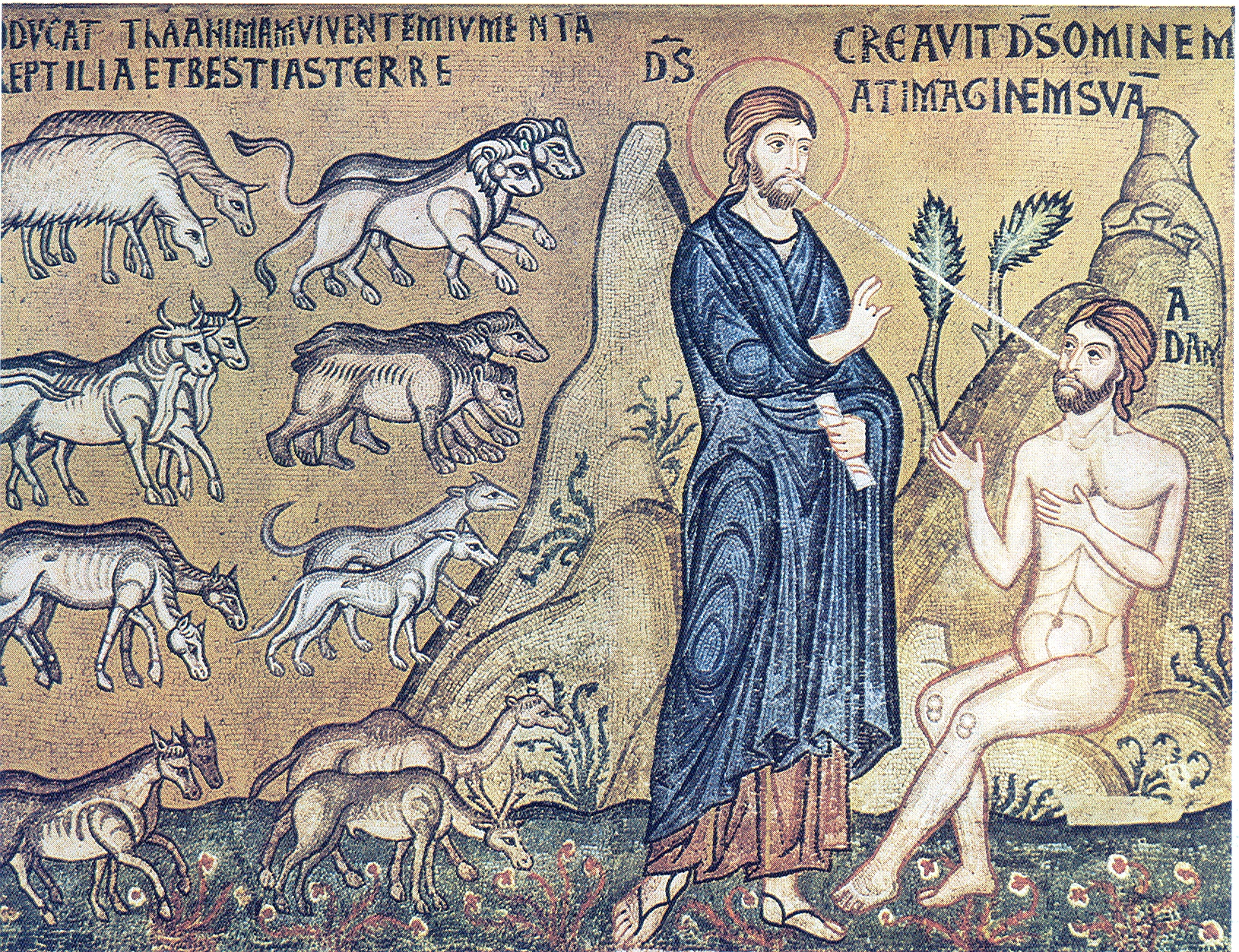
The Easter cycle of worship begins with the season of Great Lent, preceded by the special pre-lenten Sundays. The lenten order of worship fulfills itself in Holy Week and the Great Day of Christ’s Resurrection. Following Easter there are the fifty days of paschal celebration until the feast of Pentecost. Every week of the year is then considered in the Church’s worship as a “Sunday after Pentecost.” The weeks are counted in this way (First Sunday, Second Sunday, etc.) until the pre-lenten season begins again when the weeks are given their name and central content of worship in view of the annual return of Easter.
There are two special liturgical books for the Easter cycle of worship, the Lenten Triodion and the Easter Triodion (literally the Flower Triodion), which is also called the Pentecostarion. These books are called Triodions because of the “three odes” which are often sung during the church services of these seasons. The Sundays and weeks following Pentecost also have their special book called the Octoechos which literally means the “eight tones.” The Octoechos contains the services for each day of the week. Sunday is always dedicated to the Resurrection of Christ. Wednesdays and Fridays commemorate Christ’s suffering and crucifixion. Monday’s theme is the “bodiless powers,” the angels. Tuesday is dedicated to the memory of John the Baptist, Thursday to the apostles and St. Nicholas, and Saturday to the Theotokos with the memory of the departed.
On each day of the week, beginning with the eve of the Lord’s Day, the services are sung in the same “tone” or musical melody. There are eight sets of services in eight different “tones” (hence, the name Octoechos), sung in a revolving pattern throughout the year. Thus, for example, on the 2nd Sunday after Pentecost there would be Tone 1; the 3rd Sunday after Pentecost, Tone 2; the 4th Sunday after Pentecost, Tone 3, and so on until the 10th Sunday which is again Tone. 1. This cycle of “tones” exists for every week of the year, although when the lenten season approaches the emphasis falls once more upon the preparation for the celebration of Easter.
In addition to the Easter cycle of worship with the “weeks after Pentecost,” and existing together with it, is the Church’s worship for each particular day of the year, each of which is dedicated to certain saints or sacred events. Each month has a special liturgical book called the Menaion which contains the specific service for each day of that month. The solemnity of the day is proportionate to the importance and popularity of the given saints or events to be commemorated.
There are twelve major feast days of the Church which are universally celebrated: the Nativity, Epiphany, Presentation to the Temple (called the “Meeting”) and Transfiguration of Christ; the Nativity, Annunciation, Presentation to the Temple and Dormition of Mary; the Exaltation of the Cross; and, from the Paschal cycle, the feast of the Lord’s entry into Jerusalem, the feast of the Lord’s Ascension and the feast of Pentecost. Easter is not counted among the twelve major feasts of the Church since it is considered by itself as “the feast of feasts.”
Different Orthodox churches emphasize the other days of the year according to their particular relevancy and significance. Thus, the day of St. Sergius would be greatly celebrated in Russia, St. Spiridon in Greece, and St. Herman in America. Some days, such as Saints Peter and Paul, St. Nicholas, and St. Michael, also enjoy a universal popularity in the church.
The feast of Christmas has its own cycle of prayer patterned after Easter. There is a forty-day lent preceding it and a post-feast celebration following it. The feasts of Mary’s Dormition and Saints Peter and Paul also have traditional lenten preparations of shorter duration. Most of the major feasts have a prefestal preparation of liturgical prayer, and a post-festal glorification. This means that the feast is called to mind and is glorified in the Church’s liturgical services in anticipation of its coming and is also celebrated in songs and prayers for some days in the Church after its passing.
– MAJOR FEASTS OF THE CHURCH –
| September 8 | The Nativity of Mary the Theotokos |
| September 14 | The Exaltation of the Cross |
| November 21 | The Presentation of the Theotokos to the Temple |
| December 25 | The Nativity of Christ |
| January 6 | The Epiphany: The Baptism of Christ |
| February 2 | The Meeting of Christ in the Temple |
| March 25 | The Annunciation |
| August 6 | The Transfiguration of Christ |
| August 15 | The Dormition of the Theotokos |
| According to the Spring equinox and the Jewish Passover | |
| Palm Sunday | The Entry into Jerusalem |
| PASCHA | CHRIST’S RESURRECTION |
| Ascension | The Ascension of Christ |
| Pentecost | The Descent of the Holy Spirit |